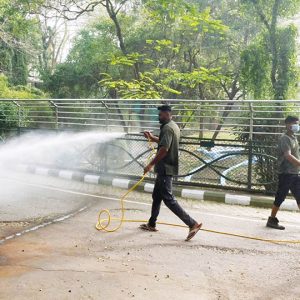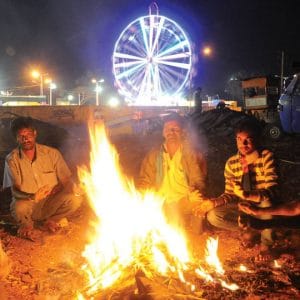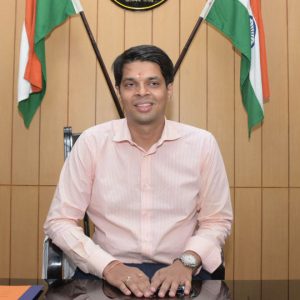New Delhi: A team of Scientists from the Indian Institute of Sciences (IISc), Bengaluru, have claimed that it was possible to detect COVID that too with 93 percent accuracy by using acoustics and symptoms.
The team was in the process to submit the results of research to the Indian Council of Medical Research (ICMR) for final approval.
‘Project Coswara’ was launched last year as an attempt to build a diagnostic tool for COVID diagnosis based on respiratory, cough and speech sounds. The research direction of identifying acoustic bio-markers of respiratory diseases has received renewed interest following the onset of COVID pandemic. The team conducted a study to understand how respiratory sounds of healthy individuals are different from that of COVID patients and collected sound and symptom samples from 1,699 participants (157 COVID positive) in the age group of 15 to 80 years.
“In this paper, we design an approach to COVID diagnostic using crowd-sourced multi-modal data. The data resource, consisting of acoustic signals such as cough, breathing and speech signals, along with the data of symptoms, are recorded using a web-application over a period of ten months,” said authors, as the study is under review in the IEEE Journal of Biomedical and Health Informatics.
According to Sriram Gana-pathy, Assistant Professor at IISc, the sound-based diagnostic test for COVID shows 93 percent accuracy and they are ready to approach the ICMR for final approval for commercial use. “We would like to point out that the majority of the data came from participants who had just been discharged from the hospital facility. This indicates that the acoustic bio-markers of COVID may last for longer periods of time. We foresee that the use of simple classifiers and models would allow the diagnostic methods to be more interpretable. The proposed methodology combines all the advantages of being a rapid, low-cost, scalable and remotely usable testing approach,” he noted.
The data used in this study comes from a web-based crowd-sourced data collection platform. Each participant contributes 9 audio recordings — shallow and deep breathing, shallow and heavy cough, sustained phonation of three vowels and fast and normal pace 1-20 number counting. Alongside this, each participant also records current health status (COVID infection, symptoms and co-morbidity, if any), gender, age and broad geographical location.








Recent Comments